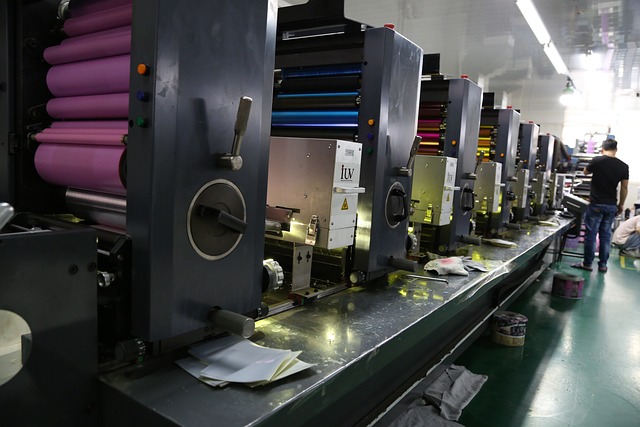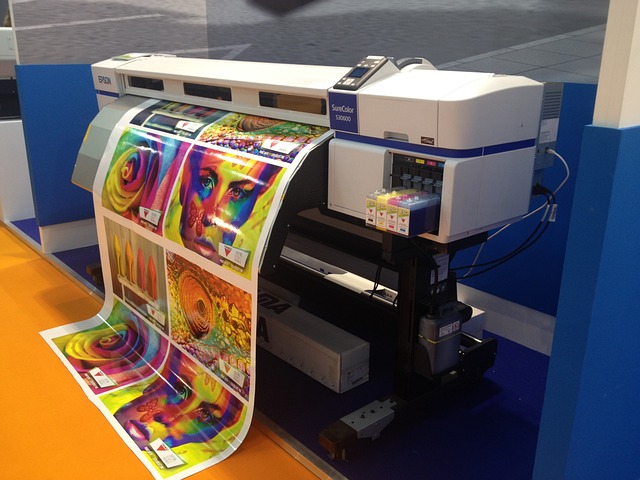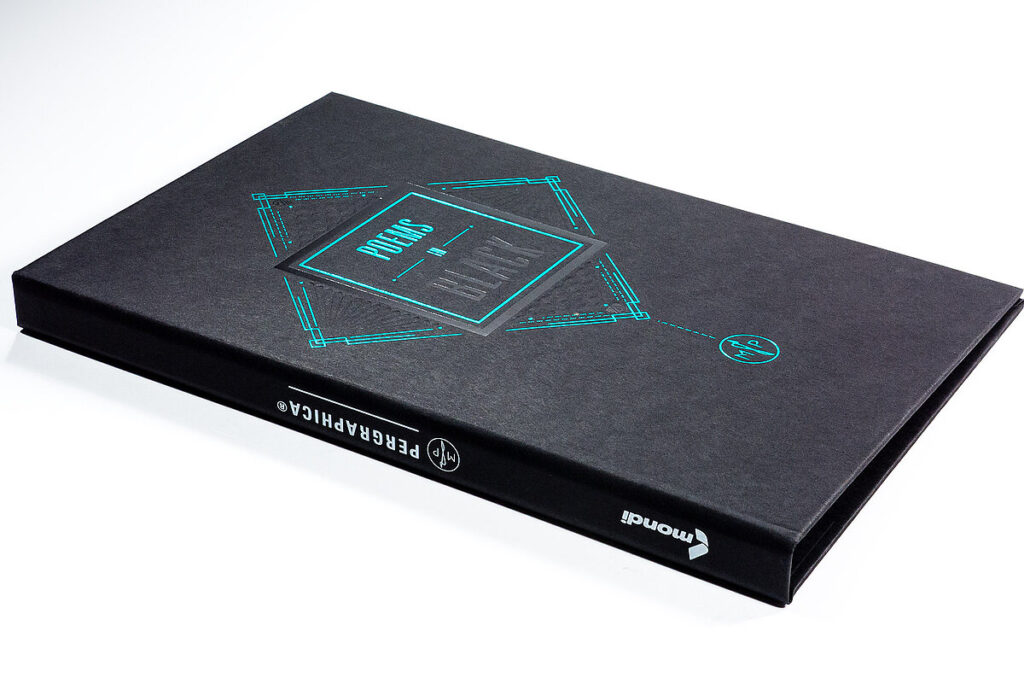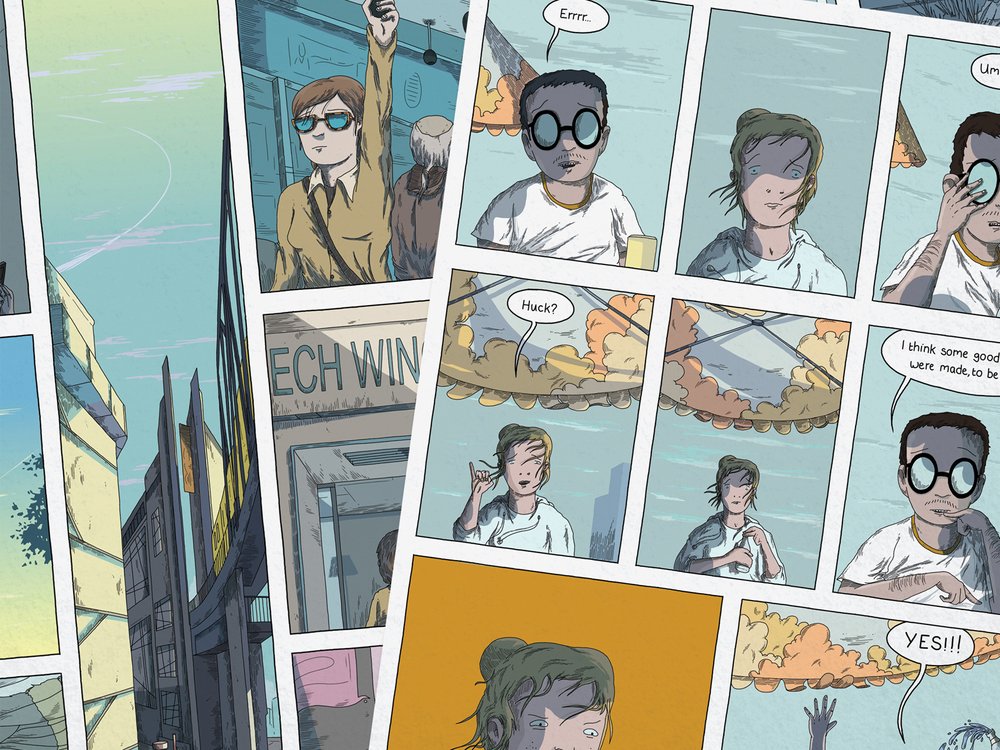Printing is a critical aspect of book publishing that involves producing physical copies of books for distribution to retailers and readers. Effective printing is essential for producing high-quality books that meet the needs and expectations of readers. Printing for book publishing involves a complex process that includes several stages, from prepress to printing and finishing. Prepress involves preparing the manuscript for printing, including typesetting, layout, and design. Printing involves the actual printing of the book, either through digital or traditional offset printing methods. Finishing involves binding, trimming, and packaging the printed books for distribution.

The choice of printing method depends on several factors, including the number of copies to be printed, the desired quality, and the available budget. Digital printing is ideal for small print runs and for producing high-quality books with full-color graphics and images. Offset printing, on the other hand, is more cost-effective for large print runs and for producing books with black and white text and simple graphics.
Publishers also have the option of using print-on-demand (POD) technology, which allows books to be printed only when they are ordered by a customer. POD technology is ideal for publishers who want to reduce their inventory costs and for authors who want to self-publish their books.
In addition to traditional printing methods, publishers are also exploring new printing technologies, such as 3D printing, which can be used to produce unique and visually stunning book designs.
Overall, effective printing is essential for producing high-quality books that meet the needs and expectations of readers. By choosing the right printing method and embracing new printing technologies, publishers can produce books that are visually appealing, cost-effective, and meet the demands of a rapidly evolving book publishing industry.


Coverpage
Printing book covers in full color on 252 gsm art paper is a popular choice for publishers who want to produce high-quality, visually stunning books. Art paper is a type of paper that is specially coated to enhance the color and detail of printed images, making it an ideal choice for book covers.
Full-color printing, also known as four-color process printing, uses a combination of four colors (cyan, magenta, yellow, and black) to produce a wide range of colors and shades. This allows publishers to create eye-catching book covers with vivid colors and high-resolution images that capture the attention of readers. Using 252 gsm art paper for book covers adds an extra layer of quality and durability to the finished product. This heavy paper stock is thick and sturdy, providing added protection for the book cover and making it more resistant to wear and tear.
Full-color book covers printed on 252 gsm art paper are commonly used for a wide range of book genres, including fiction, non-fiction, children’s books, and graphic novels. The combination of high-quality printing and durable paper stock helps to create a professional and polished final product that is sure to stand out on bookstore shelves.
Overall, printing book covers in full color on 252 gsm art paper is an excellent choice for publishers who want to produce high-quality, visually stunning books that capture the attention of readers. With a wide range of colors and images available, this printing method is ideal for creating book covers that are both beautiful and functional, while the use of heavy paper stock adds an extra layer of protection and durability to the finished product.

Interior (B/W)
Printing book interiors in black and white on 75 gsm white paper is a popular choice for publishers who want to produce high-quality books while keeping costs low. B/W printing on white paper is ideal for text-heavy books, such as novels, textbooks, and reference books, as it allows for easy readability without sacrificing quality. Additionally, using 75 gsm white paper provides a good balance of weight and cost-effectiveness, making it an excellent choice for books with a high page count. Overall, printing book interiors in B/W on 75 gsm white paper is an effective way to produce high-quality books that are both functional and cost-effective.

Interior (Color)
Printing book interiors in color is an excellent choice for publishers who want to produce visually engaging books, such as medical books, graphic novels, and children’s books. By using color printing, publishers can enhance the visual appeal of the book and provide readers with a more immersive and engaging reading experience.
For medical books, color printing can be used to highlight key information and make complex medical concepts more accessible and understandable to readers. For graphic novels, color printing is essential for creating vibrant and dynamic illustrations that bring the story to life. For children’s books, color printing is a must-have, as it helps to capture the attention of young readers and makes the book more engaging and enjoyable to read.

When it comes to printing book interiors in color, publishers have a choice between 75 gsm white paper or 90 gsm glossy paper. 75 gsm white paper is an excellent choice for books with a high page count or for publishers who want to keep costs low, while 90 gsm glossy paper is ideal for books that require high-quality printing and have a smaller page count.
Using glossy paper provides a high-quality finish that enhances the colors and details of the printed images, making it an excellent choice for books with detailed illustrations or photographs. However, it is important to note that glossy paper may not be suitable for all books, as it can be prone to glare and may not be as easy to read in certain lighting conditions.
Overall, printing book interiors in color on either 75 gsm white paper or 90 gsm glossy paper is an effective way to produce high-quality books that are visually engaging and appealing to readers. By choosing the right paper stock and printing method, publishers can create books that are both functional and beautiful, and that meet the needs and expectations of their target audience.

